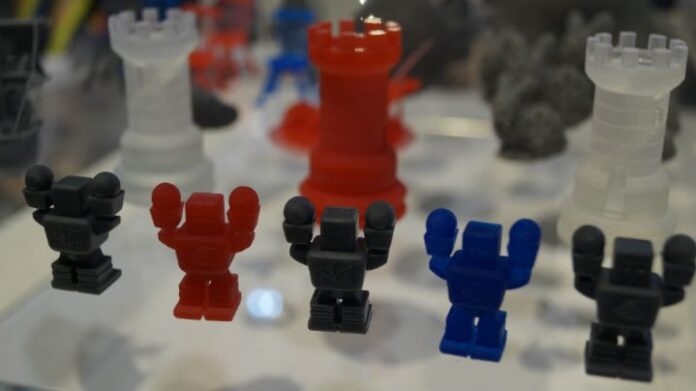LAS VEGAS – Firms specializing in 3D printing packed into the Sands Convention Center for the 2015 Consumer Electronics Show. The wide variety of solutions on display targeted everyone from the serious hobbyist, to the engineer mocking up a piece of hardware and even comic fans living out childhood dreams.
Super Awesome Me co-founder Chris Knudsen discussed how three-dimensional facial scans can be put on Marvel action figures like Thor, Captain America, Iron Man and others.
“This 3D face scanner is built to just capture scans of human beings’ faces,” he said. “We take those scans, we overlay them onto digital models that are 3D printable. We’ve taken a 3D scan of this person’s face, we’ve overlayed it onto this model then 3D printed it to be this action figure, which is Black Widow from Marvel.”
The personalized action figures cost between $50 and $150.
On a larger scale, 3DP Unlimited VP of Sales John Good highlighted the company’s 3DP 1000, which features a print area measuring in at 1,000 millimeters by 1,000 millimeters by 500 millimeters.
“What it has enabled is for people to go ahead and print objects to scale,” he told RCR Wireless News. “An analogy I would use is what looks fine in a dollhouse may not look good in your living room. We’ve introduced machines that allow people to achieve that at prices that are approximately 1/20th of what the professional, traditional technologies have been.”
XYZPrinting’s Frank Peng demoed two products: the $349 da Vinci Junior, which is designed for use by kids and as a classroom aid; and on the opposite end of the spectrum, the $1,499 Nobel 1.0, which targets more advanced and detailed 3D print jobs.
“XYZ believes (in delivering) the most advanced technology at the most affordable price,” Peng said.

